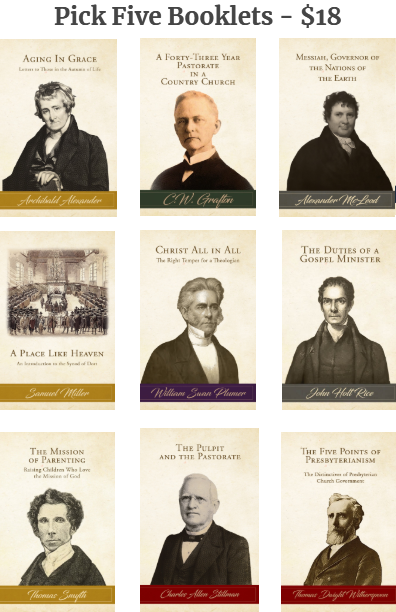(Receive our blog posts in your email by clicking here. If the author links in this post are broken, please visit our Free PDF Library and click on the author’s page directly.)
No one can have visited Japan, with its lovely landscapes and dainty cherry blossoms and magnificent Buddhist temples and sequestered Shinto shrines, without ever afterwards having the deepest interest in the future of that almost fairyland of the east; and no one can have come into close contact, as the writer of this has done, with the Japanese character, with its picturesque naivitè and ceremonial politeness and charming gentleness of manners, without having that interest greatly deepened and enhanced. Dr. Sturge's work only needs to be better known to the Christian people of our own churches in order that it may be more highly appreciated by them. His work is not so much for to-day as for to-morrow; not so much directly for the few thousand Japanese people in California now as indirectly for the millions of Japanese in their native land.
So wrote Henry Collin Minton in his introduction to The Spirit of Japan: With Selected Poems and Addresses (1903) by Ernest Adolpus Sturge, American medical doctor and missionary, and long-time General Superintendent of the Japanese Presbyterian Church. Sturge’s poems capture the beauty of a place, and the spirit of a people, who were dear to him. Today, we consider the cherry tree, through Sturge’s eyes.
The Cherry
The cherry is grown for beauty alone;
The fruit that is left behind
Is bitter and small, and not eaten at all;
The petals that whirl in the wind
Like beauiful snow, seem to say as they go,
When called by each summoning blast:
“A lesson we give to people who live,
That beauty like ours will not last."Long ages ago, in old Yamato,
These blossoms that quickly fall,
Taught brave Samurai to be ready to die
At once, at their master 's call;
To die by the sword for their feudal lord;
So cherries, wherever they blow,
With fragrance they fill the air, while they thrill
The spirit of Yamato.


